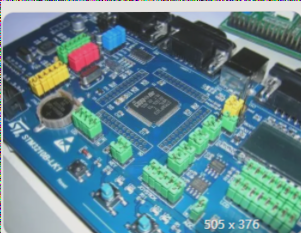Differences Between Counterbore and Countersink Holes
Counterbore holes are cylindrical with flat bottoms, designed for screws or bolts with flat-bottomed heads larger than the screw body. They have two diameters: a larger one at the top for the head and a smaller one for the body.
Countersink holes, on the other hand, are conical recesses for screws or bolts with tapered heads. The angle of the hole matches the screw’s taper, allowing it to sit flush with the PCB surface.
Design
- Counterbore: Cylindrical, flat-bottomed holes for larger screw heads.
- Countersink: Conical holes for tapered screw heads.
Manufacturing Flexibility
Counterbore holes are easier to drill but less flexible, designed for specific screw heads. Countersink holes offer more adaptability, accommodating a variety of screw sizes and types.
Choosing Between Counterbore and Countersink Holes
Consider design priorities when choosing between counterbore and countersink holes. Countersink holes are ideal for space-constrained devices, providing a smooth surface and flexibility in screw selection. Counterbore holes offer a more secure mounting, suitable for robust connections.
If you have any questions about PCBs or PCBA, please feel free to contact me at info@wellcircuits.com


